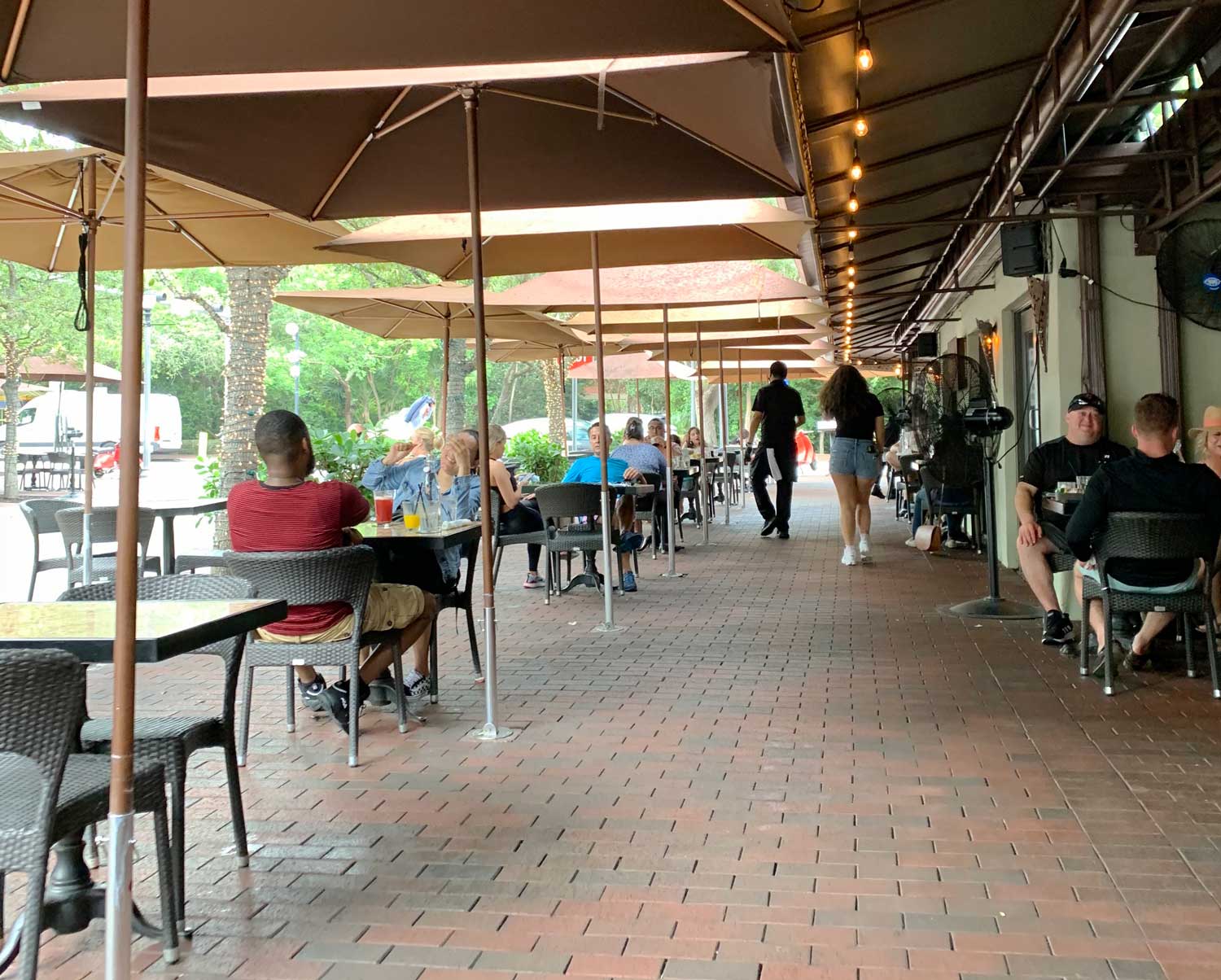Pulling Out The Stops to Lure Restaurant Customers
It’s been a long three months for everyone since COVID-19 upended everyone’s lives, but perhaps the longest for restaurateurs, forced to shut down at the height of the South Florida tourist season.
To keep workers on board, many scrambled to create a takeout/delivery model. Other restaurants, especially those at temporarily shuttered hotels, simply closed until hotels reopened. Many stayed busy cooking food to give away for those in need. And some, foreseeing a bleak future of limited seating and limited foot traffic, have already thrown in the towel and closed their doors.
Even for the pros used to managing crises, getting restaurant customers to return is a monumental task.
Miami Spice Returns for Two Extra Months
“We have experience with Zika, hurricanes, oil spills, the 9/11 crisis. … this is worse than all this,” says Rolando Aedo of the Greater Miami Convention and Visitors Bureau. Aedo points out that Miami Spice, the program that attracts diners with fixed-price meals, debuted 19 years ago in response to 9/11, when tourism took a big hit. This year’s plan to restart the local economy is multifaceted, says Aedo.
Miami Shines, in English, Spanish and Creole, encompasses greater Miami’s attractions and events, gathering virtual experiences at museums, online tours and concerts, even Instagram cooking classes from top chefs. Visitors will find special deals as hotels reopen. Miami Eats identifies more than 1,200 restaurants serving takeout food, searchable by neighborhood, cuisine and price.
And Miami Spice returns with major changes, including a June 1 start date, and flexible rules aimed at helping restaurant owners who are already facing obstacles like distancing rules for diners and occupancy limits. They won’t be charged to join and can turn their participation on and off. Participants feature three-course meals for $25 for lunch/brunch and $39 for dinner. “Restaurants are so near and dear to us,” says Aedo. “They’ll put their best feet forward for this.”
Miami Shines and its components are focused on enticing the local market to stay, dine and visit local attractions as they open up. “Everyone is counting on local and regional customers,” Aedo says. When locals support hospitality here, he says, they’re saving jobs, too.
New Approaches in South Beach, Downtown Miami and Coconut Grove
One of the toughest restrictions for reopening restaurants is seating limitations. Miami-Dade County’s protocols call for limiting indoor restaurants to 50% capacity with six feet between parties. They can provide additional outdoor dining areas, maintaining similar distancing, but that poses a challenge for small restaurants with no outdoor space.
In South Beach, officials have closed Ocean Drive to car traffic, allowing restaurants to extend their footprint in the street that faces the park and ocean. In downtown Miami, there's a move underway to close part of NE Third Ave. between Flagler and 2nd St. – Avenue 3 – to turn it into a pedestrian-friendly, vibrant destination called Avenue 3, says resident Stephen Dutton, who's spearheading the initiative. They've already hosted Taste of Avenue 3, closing off the street to make room for communal picnic tables and food from some of the 13 restaurants along the street, and, during the pandemic, holding a weekly Miami Jukebox on Instagram Live. They're working with officials to implement their vision of overhead lighting to illuminate this historic two-block stretch when the sun sets. But their mission goes beyond creating a happy hangout for downtown residents. To Dutton, both COVID-19 and the protests have had a silver lining – city officials are now paying attention to what's happening on downtown streets and critical issues like the unsheltered homeless. "They're listening now," he says.
In Coconut Grove, where sidewalk cafes are part of the village charm, the Business Improvement District explored the idea of closing Commodore Plaza and Fuller Streets to car traffic. They called the restaurants on the streets asking their opinion of the closing, says Abigael Mahony, BID executive director. “Restaurants were grateful for the opportunity to close streets – and unanimous in their response that street closure wouldn’t benefit their restaurants yet. They don’t want to close the streets if they’re going to be empty.”“People are not comfortable coming outside just yet,” says Atchana Capellini, owner of Atchana’s Homegrown Thai on Commodore Plaza. “There’s no tourists yet, only locals. It’s not gonna look good if they close the street.”
What the BID is exploring is letting restaurants use the parking lane to create little parklets to draw people in, she says. This concept came from past PARK(ing) Days, a global event where citizens, artists and activists collaborate to temporarily transform metered parking spaces into temporary public places.
A restaurant could define a special VIP space using plants and other decor, for example. “Each restaurant can design it and brand it and help draw people in,” Mahony says. For Atchana, Capellini envisions a Thai gazebo – “that would bring people out.”
In the meantime, the BID has kept Coconut Grove’s colorful shops, restaurants and businesses in the public eye by hosting Facebook live events, like yoga and pilates, art classes, even chef demos like Cocktails and Cooking with chef Aaron Dreilinger of Florida Avenue Hospitality. “We’re committed to telling the stories and amplifying the businesses in the Grove,” she says. “We’re safe. It’s a beautiful neighborhood.”








